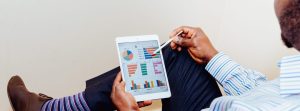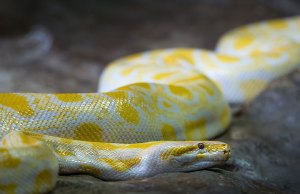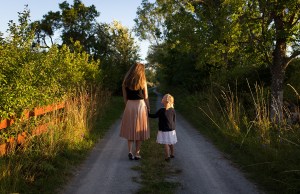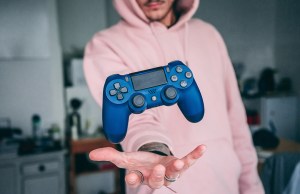As we get older, we try to forget about and deny our age. We take off a few years on forms at the doctor’s office and when a friend asks which birthday this one is we definitely don’t tell the truth (despite their suspicious looks). But words can only go so far when they’re not backed by our appearance…the fine lines, the wrinkles, the grey hair, and something else you may have never heard of before: facial contrast—or lack thereof, in this case. A new study “Facial Contrast Is a Cross-Cultural Cue for Perceiving Age” published in Frontiers in Psychology finds that elements of facial contrast—or the degree to which facial features stand out in one’s face—decrease as a woman ages, no matter her ethnicity. Furthermore, it shows that others perceive women with a higher degree of facial contrast as younger. This may be true for men as well, but the study focused exclusively on women to avoid differences caused by gender.
“Facial contrast refers to how much the eyes, lips, and eyebrows stand out in the face in terms of how light or dark they are or how colorful they are,” explains researcher Aurelie Porcheron. And while other studies have shown that this increased facial contrast causes one to be perceived as youthful and feminine, most have only tested the theory with Caucasian faces and Caucasian observers—which left many wondering if the findings were true for other ethnicities as well. So, a French research team collaborated with American researchers to find out.
In search of an answer to this question, the researchers studied images of women ranging in age (20-80) and ethnicity—Chinese Asian women, Latin American women, South African women, and French Caucasian women. And using a computer software, they measured a variety of facial contrast parameters. The team found that while there were small differences across ethnicities, several aspects of facial contrast decreased with age in each group of women, such as contrast around the mouth and the eyebrows. This suggests that at least some aspects of facial contrast naturally decline with age in women all over the world.
The next step was to figure out whether people from varying cultures pick up on these changes as an identifier of how old a woman is, as Caucasian observers have in past experiments. The researchers again looked at photographs of women from the different ethnic groups, but this time they used the software to generate two versions of each face: a high contrast and a low contrast image. They then asked both female and male volunteers from two different backgrounds (French and Chinese) to identify the younger-looking image. About 80% of the time, these volunteers picked the high contrast image.
This study shows that “people of different cultures use facial contrast as a cue for perceiving age from the face, even though they are not consciously aware of it,” says Porcheron. And while this may appear to be bad news for older women, that’s not necessarily the case, as it also offers them a fix: “The results also suggest that people could actively modify how old they look, by altering how much their facial features stand out, for example by darkening or coloring their features,” explains Porcheron.
Source: Frontiers “Women Seen as Younger When Eyes, Lips and Eyebrows Stand Out.” NeuroscienceNews. NeuroscienceNews, 11 October 2017.
<http://neurosciencenews.com/facial-features-women-younger-7725/>.
Original Research: Full open access research for “Facial Contrast Is a Cross-Cultural Cue for Perceiving Age” by urélie Porcheron, Emmanuelle Mauger, Frédérique Soppelsa, Yuli Liu, Liezhong Ge, Olivier Pascalis, Richard Russell and Frédérique Morizot in Frontiers in Psychology. Published online July 25 2017 doi:10.3389/fpsyg.2017.01208













